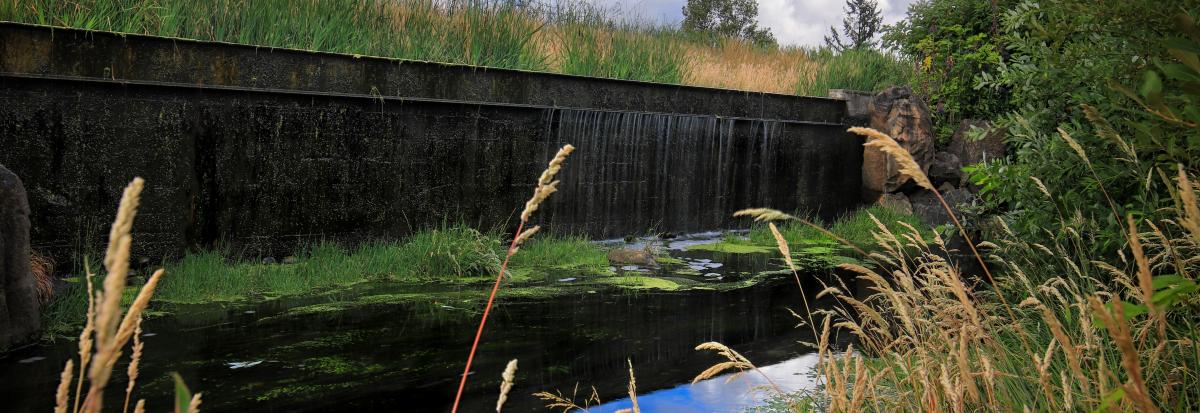Storm Water Master Plan

In 2018, The City of Millersburg initiated development of a Stormwater Master Plan to provide a clear understanding of existing stormwater infrastructure, to provide an outline of stormwater projects to address both existing and future system capacity needs, and to identify improvements to protect and improve water quality. This Master Plan project includes the development of stormwater system mapping, modeling of the system to develop an understanding of the existing system and the potential impacts of future development, a list of Capital Improvement Projects (CIPs) to address existing problem areas, and a strategy for expanding the system to safely accommodate future development.
Master Plan Analysis
Development of the Master Plan involved four primary analyses to evaluate the City’s existing stormwater infrastructure and programs.
Stormwater System Capacity Evaluation
Section 4 documents the development of a hydrologic and hydraulic model (H/H) model to simulate rainfall and runoff characteristics within Millersburg. The model simulates stormwater flows through pipe networks, drainage ditches, creeks, and culverts to identify areas that are over capacity. The model considers both current conditions and the impacts of future development on the stormwater flows. Stormwater infrastructure capacity concerns are presented in Table 4-8 of the master plan.
Reported Issue Areas
Discussion with City staff, compilation of public concerns, and comments from a public open house were used to identify problem areas within the stormwater infrastructure. The aim was to identify problems that would not be identified through hydraulic modeling, such as deteriorating pipes, frequent maintenance concerns, inadequate maintenance access, or underserved areas resulting in flooding. Problem areas are documented in Section 2.7 and in Table 4-8 of the master plan.
Visual Inspection
Field visits were conducted on March 13 and April 12, 2018 to evaluate and assess the existing conditions of City’s stormwater infrastructure. Roughly 10% of the City’s infrastructure was visually inspected at random. The City of Millersburg’s stormwater infrastructure was generally observed to be in good condition, structurally sound, and with little evidence of sediment deposit in the built-out and established areas. Section 5 includes maintenance and other programmatic recommendations to help protect existing and future infrastructure.
Maintenance and Program Evaluation
The City’s stormwater management program was formed around Oregon drainage law and interests of public safety. Millersburg is currently identified as a political jurisdiction in the Upper Willamette Subbasin in Chapter 10 of the Willamette River TMDL Study and has been identified in the Proposed Oregon DEQ General Permit for the National Pollutant discharge Elimination System (NPDES) Municipal Separate Storm Sewer System (MS4) Discharge Permit for Phase II Communities. Sections 5 and 6.5 provide an evaluation of the City’s current stormwater program, recommendations for enhancements to the current program, and recommendations for the City on how to meet TMDL requirements and the NPDES MS4 permit requirements.
The full repost is posted below.
